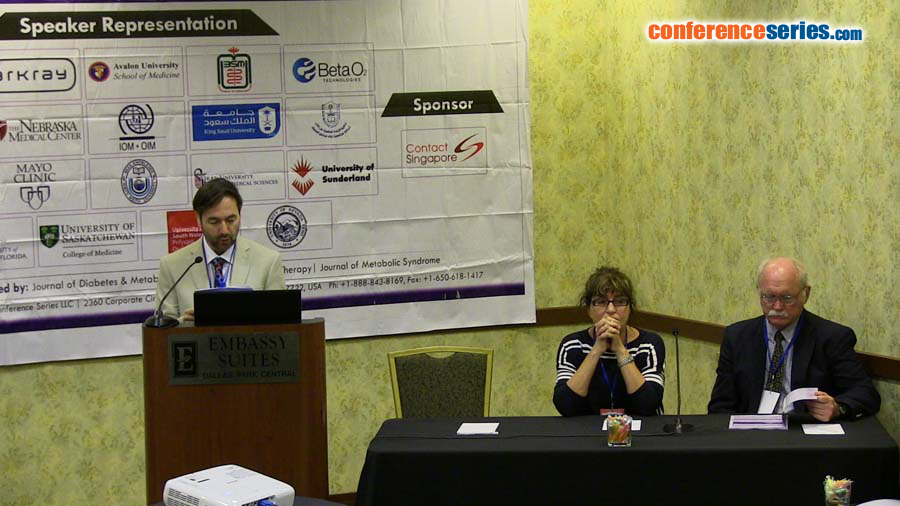
Bruno Doiron
University of Texas Health Science Center at San Antonio, USA
Title: Cellular networking, integration and processing in vivo as a reductionism antidote methodology in research to create innovation and discovery in diabetes field
Biography
Biography: Bruno Doiron
Abstract
Cellular networking, integration and processing (CNIP) represents a novel approach that stands in contradiction to the widely accepted scientific doctrine of one molecule to one cellular control process. Two important distinctions characterize the CNIP approach: First, it is essential to integrate 3 levels of cellular physiology: intracellular carbohydrate metabolism, membrane receptor function, and gene transcription. Second, integration of multiple levels of cellular physiology is essential to produce a synergistic effect on cell function and control, i.e. beta cell formation. Synergy is a key factor whereby multiple molecules work together to produce an effect that is greater than the sum of their individual effects. Decades of assumptions that a complex disease such as diabetes could be understood or treated with the premise of one molecules action or by inadequate animal model and molecular tools considerably slows the advancement of scientific knowledge and innovation in the diabetic field. The scientific community has created inertia to used transgenic, immune-deficiency, knockout mice because it continues to recognize these mouse models as a gold standard for predicting the utility of drugs. CNIP approach is an alternative way to reverse the situations in diabetes research that are lost in translation. Other approaches integrate the complexity of biology as to be created as CNIP for the advancement of science in diabetes research.



